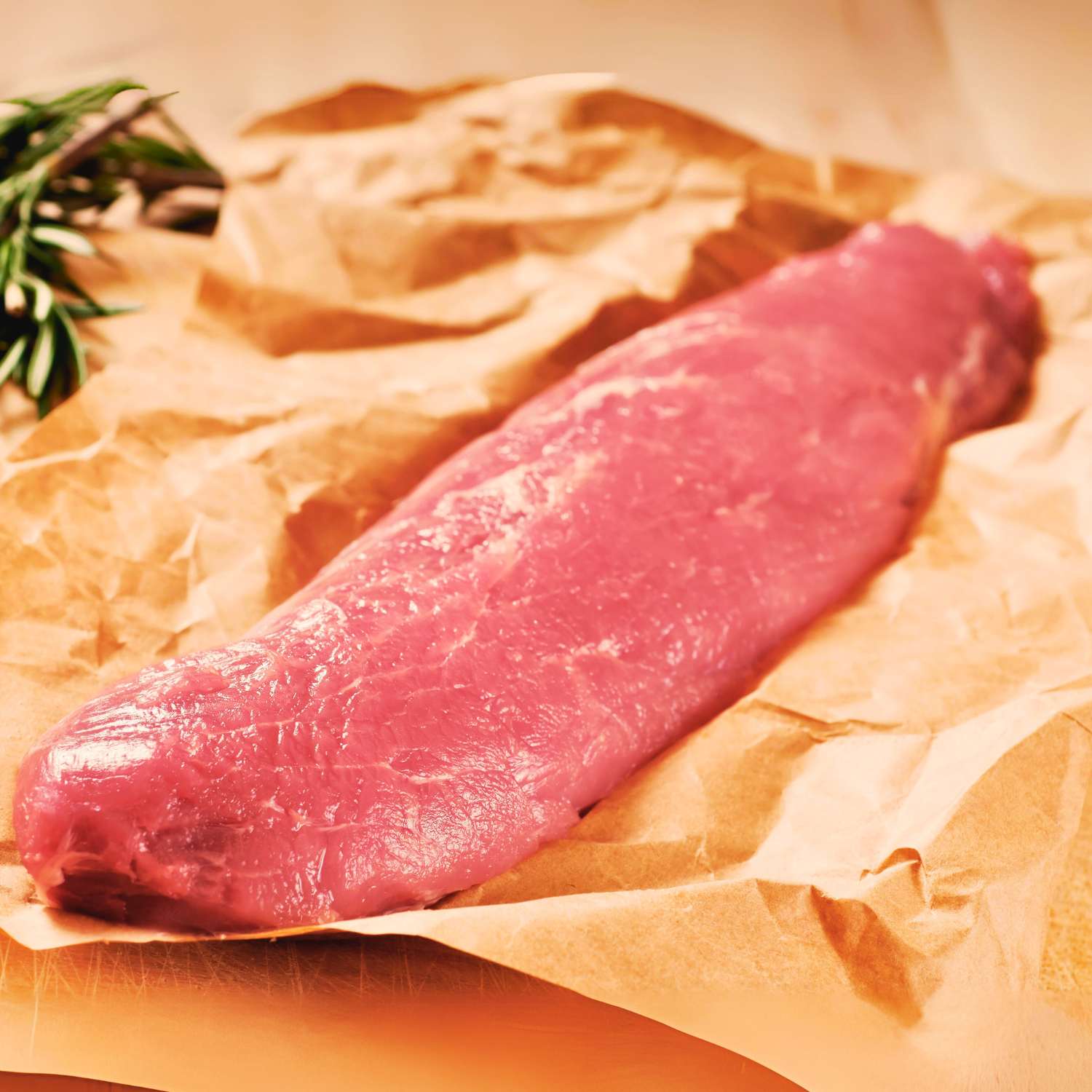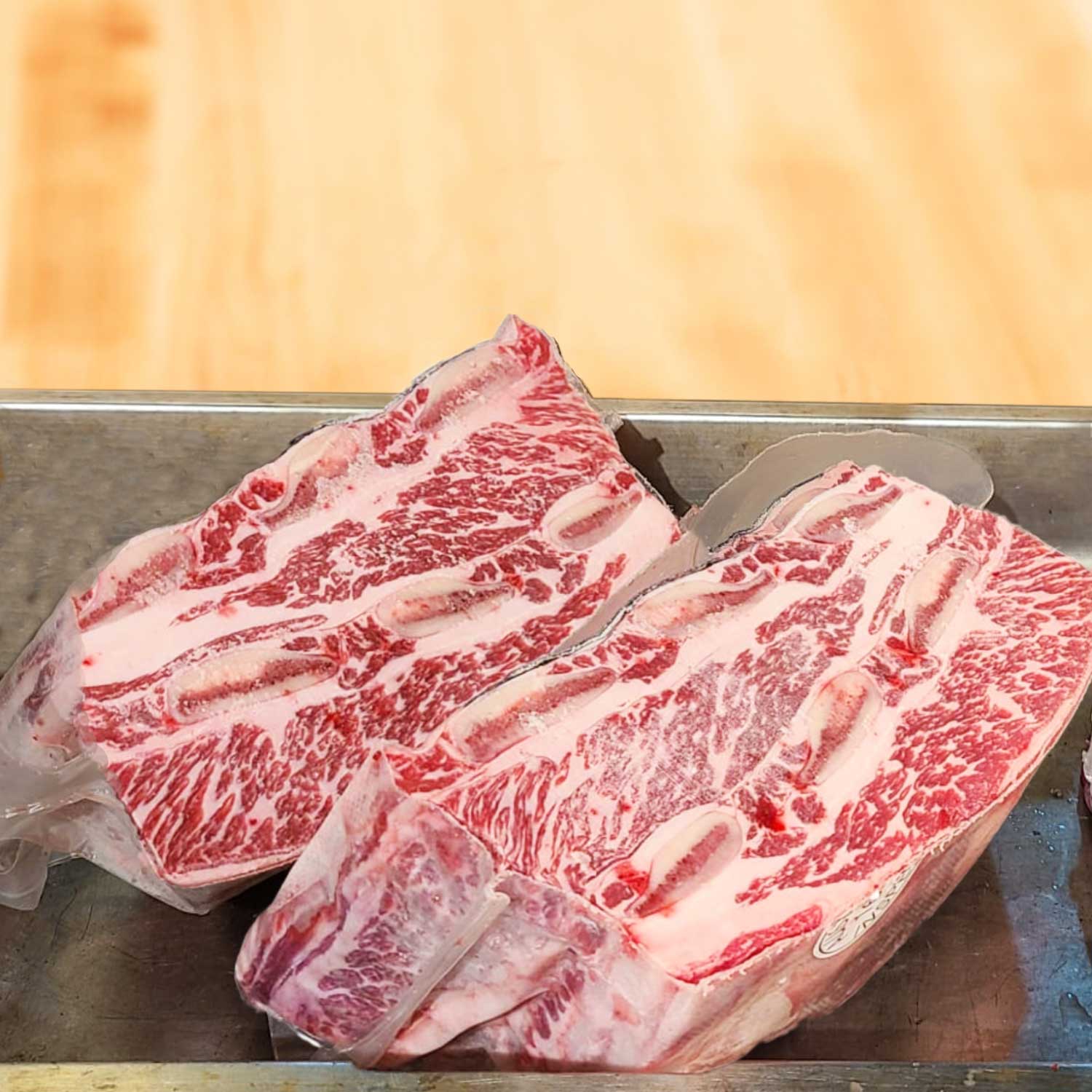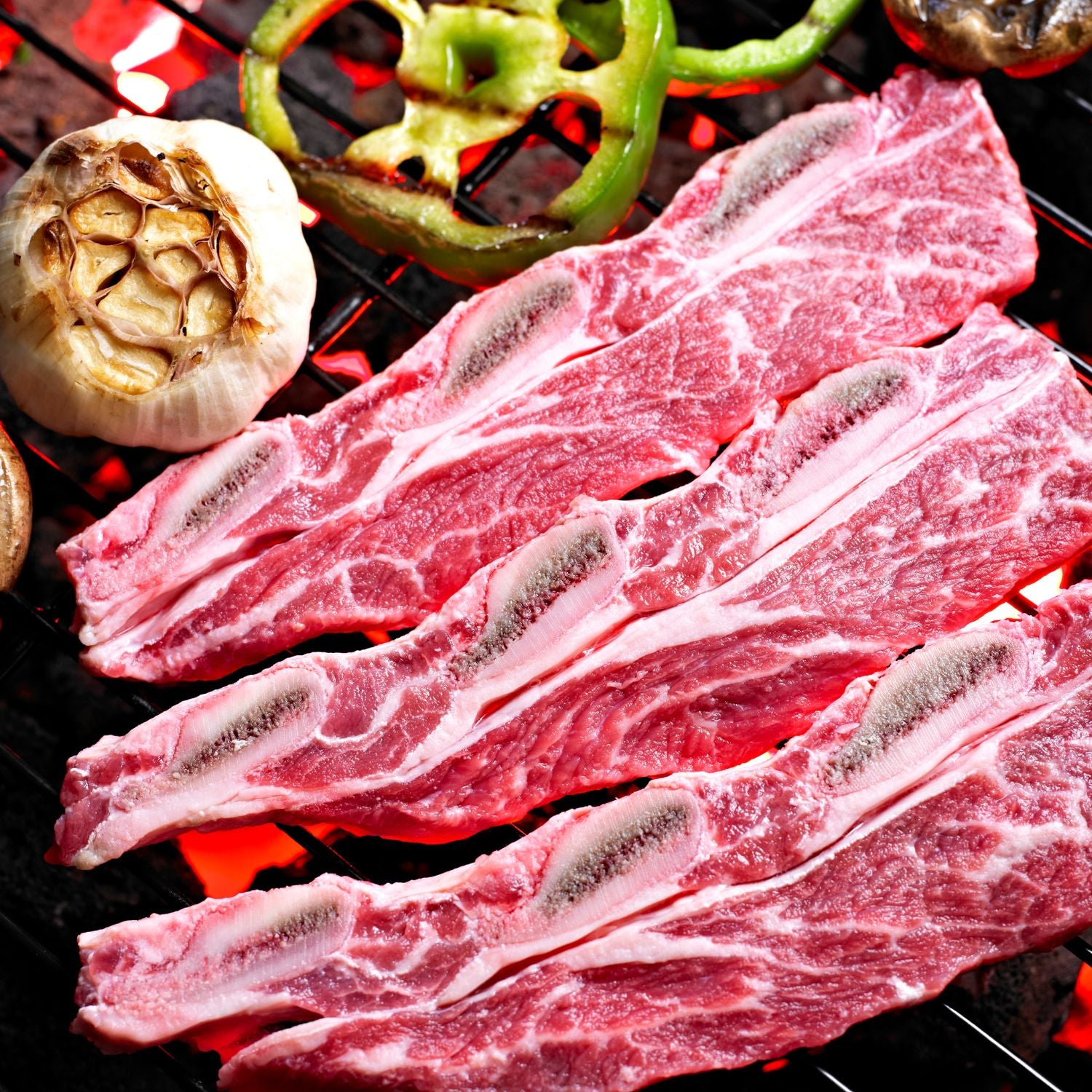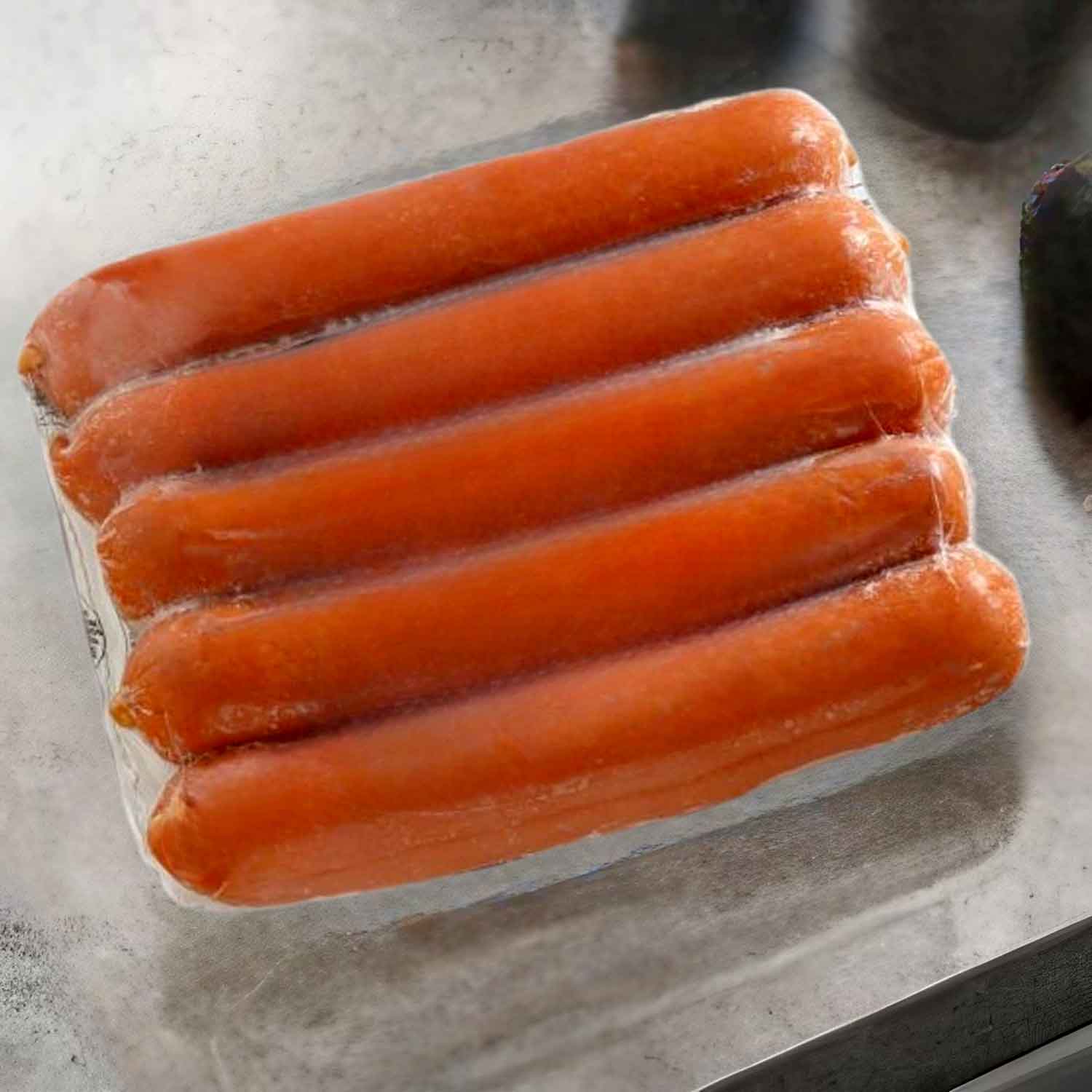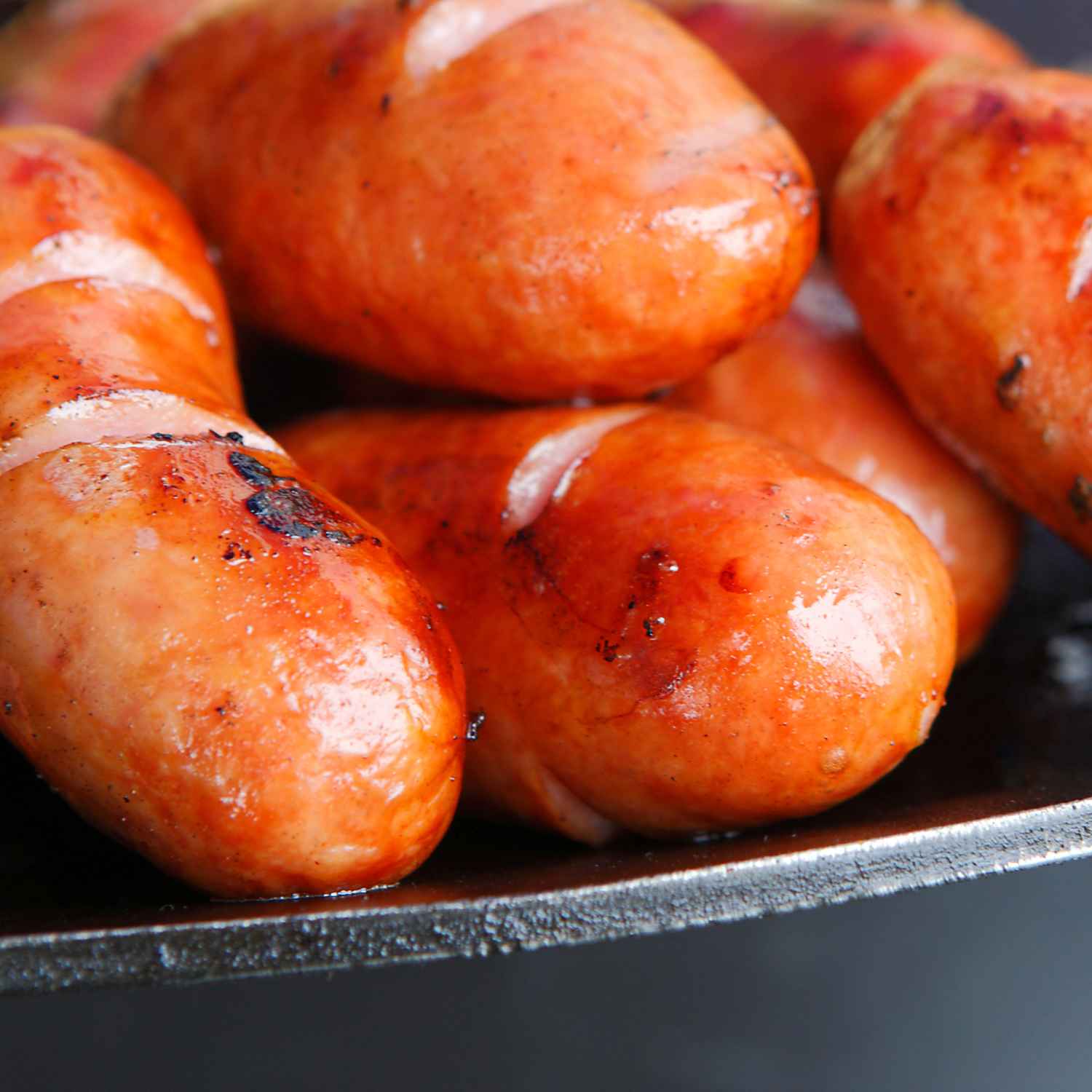Unveiling the Best of Hong Kong's Culinary Heritage: Steak King Recipes
Exploring the Origins of Hong Kong's Famous Steak Dishes
Hong Kong's steak dishes have a history that blends East and West. It began when Western cuisine met local flavors. The result was something unique. Western steak-prep methods met soy, oyster sauce, and spices. Then came 'Steak King' restaurants. They crafted a new dining experience. Today, these dishes reflect Hong Kong's culinary journey. The recipes we have are from old 'Steak King' menus. They show the blend of cultures and tastes. Each bite tells a story of tradition and innovation. It's a taste of Hong Kong's past with a modern twist.

The Art of Preparing Hong Kong Style Steak: A Deep Dive into Traditional Techniques
Mastering Hong Kong style steak is all about tradition. Chefs have handed down secret techniques for years. They focus on the right cuts, like tenderloin, rib-eye, or sirloin. Then, they treat each steak with care in the kitchen. The steaks are often marinated with a mix of soy sauce, sugar, and spices. This gives them a unique, sweet and savory flavor. The cooking is quick and at high heat. Yet, chefs must keep the inside tender and juicy. Some methods include pan-frying, grilling, or broiling. The goal is to get a crispy outside without overcooking the inside. To finish, steaks are typically topped with aromatic ingredients. Think of garlic, spring onions, or a pat of rich butter. Master these skills, and your Hong Kong style steak will impress anyone.
Top Chefs and Their Signature Steak King Dishes
The secretive kitchens of Hong Kong hold treasures for meat lovers. Among these is the Steak King dish, a marvel crafted by skillful hands. Top chefs in the city each add a personal twist to this beloved classic. Here, we delve into the profiles of renowned culinary masters. We reveal their unique takes on the Steak King dish that keep food connoisseurs coming back for more. From the careful selection of grassfed beef for sale to the precise cooking methods, these signature dishes are a symphony of flavor and refinement.
Essential Steak King Ingredients for an Authentic Hong Kong Experience
Sourcing the Finest: What to Look for in Meat, Seafood, and Vegetables
To create authentic Steak King dishes, choosing the best ingredients is key. Look for meat that is well-marbled, as it's indicative of rich flavor and tenderness. Grassfed beef for sale, with its superior taste and nutritional benefits, makes an excellent choice. When picking seafood, freshness is paramount. Go for the catch of the day, ideally bought straight from local markets. Fresh vegetables should be firm, vibrant in color, and free of blemishes. Start by visiting reputable suppliers or farmers' markets where quality is a priority. These high-quality inputs are the foundation of an unforgettable Hong Kong culinary experience.
The Role of Seasoning and Condiments in Hong Kong Cuisine
Hong Kong cuisine stands out for its unique blend of flavors. At the heart of this are the seasonings and condiments. They turn simple dishes into exotic experiences. Here’s what you need to know:
- Soy Sauce: This classic salty and umami-rich sauce often forms the base of marinades and sauces.
- Oyster Sauce: Adds a deep, caramel-like flavor. It's essential for glazing beef in stir-fry dishes.
- Black Bean Sauce: Made from fermented black soybeans, this adds a pungent, savory note.
- Five-Spice Powder: A spice mix with star anise, cloves, Chinese cinnamon, Sichuan pepper, and fennel seeds. It’s crucial for marinating beef.
- Hoisin Sauce: This sweet and spicy sauce works as a dipping sauce or a glaze for meat.
- Sesame Oil: Used sparingly, it brings a nutty aroma to finish off a dish.
Correct use of these seasonings and condiments will bring your Hong Kong steak to life. Pair them well with grassfed beef for an authentic flavor.
Tips for Maintaining the Freshness and Quality of Ingredients
Securing the quality of ingredients is vital for the true Steak King dish. Start by storing meats like grassfed beef in a cold environment promptly after purchase. Vegetables should also lie in a cool, dark place, and never over rinse them before storage as this can speed up decay. Keep seafood in the coldest part of the fridge, ideally on ice, and consume it as soon as possible for optimal freshness. Regularly check expiration dates on all packaged condiments - freshness equals flavor.
The Ultimate Steak King Experience: Recipes for Success
How to Create a Memorable Dish with Steak King Recipes
To craft a memorable dish using Steak King recipes, start with top-notch grassfed beef. This beef is rich in flavor and tenderness. Follow these tips for success:
- Choose the right cut for the desired taste and texture.
- Marinate with traditional Hong Kong spices to infuse the beef with authentic flavors.
- Cook the steak using high heat to create a savory char while maintaining a juicy inside.
- Rest the steak before serving to let the juices redistribute.
- Present with classic Hong Kong side dishes for a full culinary experience.
Mastering these steps will impress your guests and celebrate Hong Kong's steak heritage.
Pairing Wines and Beverages for the Perfect Hong Kong Style Steak Dinner
To enhance your Hong Kong style steak dinner, selecting the right wine or beverage is key. Here are a few pairings to consider:
- Bold Red Wines: A robust red like Cabernet Sauvignon complements the rich flavors of the steak.
- White Wines: For lighter steak dishes, a crisp Chardonnay or Sauvignon Blanc can be refreshing.
- Traditional Chinese Beverages: Try Tieguanyin tea or even a rice wine to stay true to Hong Kong traditions.
- Craft Beers: A smooth pale ale or lager can cleanse the palate between bites.
Remember, the best pairing is one that suits your palate and enhances the taste of your meal.
Sharing the Steak King Legacy: Entertaining Guests with Iconic Hong Kong Dishes
Entertain your guests with dishes that tell a story. Here's how to host a Hong Kong-style feast:
- Start with a show: Set the stage with an appetizing display. Use fine china and traditional decor.
- Pick the classics: Serve iconic dishes like dim sum and roast duck along with your steak.
- Beverage pairings: Choose teas or wines that complement the rich flavors.
- End with a sweet note: Treat your guests to well-loved Hong Kong desserts.
These tips will help make your dining event one to remember. Simple yet elegant preparations create lasting impressions.












